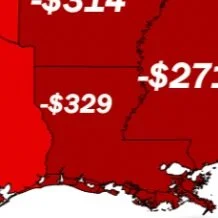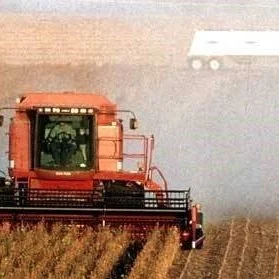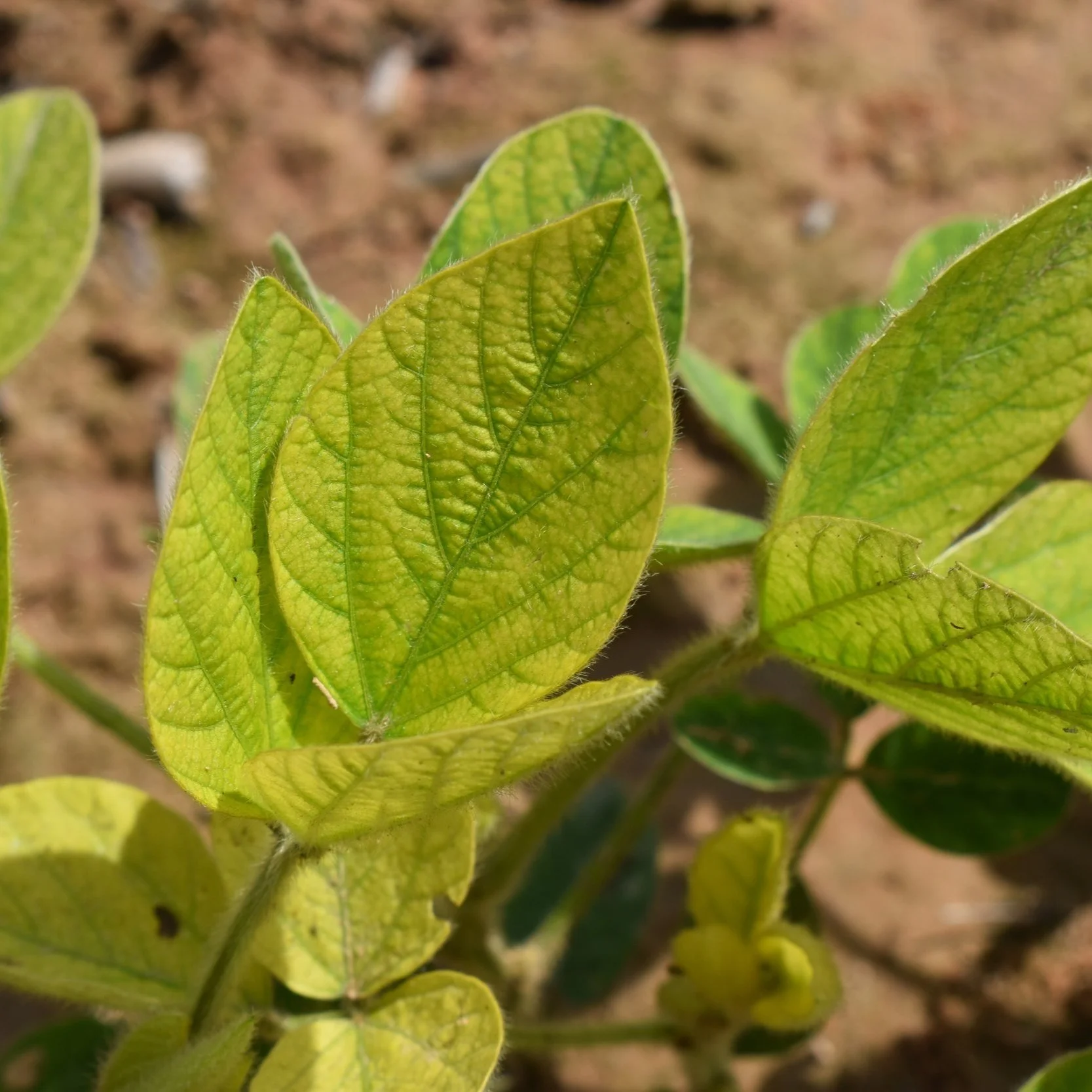USDA Forecasts US Corn UP And Soybean Production Down From 2022
The Crop Production report issued today by USDA’s National Agricultural Statistics Service (NASS) forecasted corn production up from 2022 and soybean production down from last year. Corn production is up 10% from last year, forecast at 15.1 billion bushels; soybean growers are expected to decrease their production 2% from 2022, forecast at 4.21 billion bushels.
Read More
Fall Armyworm Control on Turf And Grass Pastures
Fall armyworms, Spodoptera frugiperda, are chronic insect pests in the state, with more than 60 plants reported as hosts, including various pasture grasses (and lawns) and agronomic crops including corn, alfalfa, cotton, soybeans, grain sorghum, and rice. They migrate to Louisiana from neighboring regions like Florida, Texas, Caribbean islands, and Central-South America, with infestations most common from late July to early August.
Read More
Farm Bill Base Acre Debate Heats Up, Mandated Update Would Mean Big Loss for Louisiana
For more than two decades, and over the course of the last four farm bills, farm program payments have been based on a farm’s historical planted acreage, i.e., base acres, and not on actual plantings each year. Decoupling Agriculture Risk Coverage and Price Loss Coverage farm program payments prevents farmers from making planting decisions based on expected program payments. Instead, the current system ensures farmers evaluate only market supply and demand signals and expected returns per acre when determining which crops to plant each year.
Read More
Brazil's Soy Growth Expected To Slow Next Year
The Brazilian second crop corn harvest continues to make progress, surpassing the halfway point over the weekend and likely reaching 55% complete as this is published online.
Read More
$15 New Crop Soybeans??
Some analysts, in the wake of the July WASDE report from USDA, are projecting tne new crop price for November soybeans could reach $15 per bushel.
Read More
Cotton, Corn & Soybean Field Tour
There will be a cotton/corn/soybean field tour at the Northeast Research Station in St. Joseph next Tuesday, July 25th, beginning at 5 pm. It will feature talks on row spacing, fertility, weed control, disease and insect control. It will also have one stop showing the difference between planting cotton into 2 different cover crops. There will be a meal after the tours are over.
Read More
United Soybean Board Farmer-Leaders Set FY24 Budget
The 77 farmer-leaders serving on the United Soybean Board approved $191.5M for the 2024 fiscal year budget. The budget supports research, promotion and education investment portfolios selected through USB’s Portfolio Development Process. These investments drive demand for U.S. Soy and return value to all U.S. soybean farmers. The total budget figure also includes execution, oversight and program support.
Read More
Desiccating Soybean For Harvest In Louisiana
It is important to follow the label when applying any pesticide, including those labeled for harvest aid in soybean. Some restrictions found on harvest herbicide labels include soybean growth habit (indeterminate versus determinate), growth stage, percent mature pods and percent leaf drop. It is important to follow restrictions on spray volumes and preharvest intervals. Table 1 list herbicides that are labeled for preharvest application in soybean.
Read More
Managing Corn Earworm Infestations In Louisiana Soybean Fields
Recently, there have been increased reports of corn earworms infesting soybean fields across the state. Corn earworm (aka bollworm or soybean podworm) can cause occasional but severe damage to soybean. The primary damage caused by corn earworm occurs during the larval stages when the insect feeds on the soybean flowers and pods. This feeding activity leads to direct yield losses as pods abort, or the larvae consume or injure developing seeds.
Read More
Nematode Research Showing Progress In Finding Solutions
The reniform and Southern root-knot nematodes are the two most common nematodes found in Louisiana agricultural fields. These microscopic animals can cause big yield losses, and one scientist with the LSU AgCenter is working on solutions to this problem. AgCenter reporter Craig Gautreaux has the story.
Read More
Iowa, Minnesota, and Louisiana report 100% soybean emergence
USDA says 100% of the soybean crop in Iowa, Minnesota, and Louisiana is out of the ground. Emergence progress this season is ahead of the five-year average pace in every top soybean growing state. Monday’s Crop Progress report said 96% of the national soybean crop has emerged.
Read More
Soybean Field Investigation: Why Are My Soybeans Yellowing?
Yellowing leaves on soybeans? That has to be a potassium deficiency, right? Maybe not. While yellowing in the middle or upper canopy is usually a sign of potassium deficiency, it could mean something worse is lurking below the soil surface. Often, a superficial glance isn’t enough to get to the root of the problem.
Read More
Don't Forget About Nematodes When Diagnosing Irregular Patches Of Poor Soybean Growth
If you find irregular patches of soybean plants that look generally stunted, yellow, or dead, the cause could be nematodes. Generally, nematodes jeopardize the root system of the plant. Therefore, the plants will often have symptoms that mimic other maladies such as drought and nutrient deficiency. It is not uncommon to find nematodes throughout Louisiana. A recent survey (2019-2021) detected Southern root-knot nematodes in 22% of 164 fields.
Read More
USDA: Soybean Planted Acreage Has Outpaced Corn And Wheat Since 2000
Between 2002 and 2022, soybeans were the second-most planted crop in the United States, behind corn. The exception was in 2018 when acreage planted to soybeans surpassed corn. While the total acres planted to soybeans generally have been less than to corn, the rate of growth in soybean sowings has exceeded corn since the early 2000s.
Read More
Lower Mississippi River Updates Will Help Ag Exports
The chair of the United Soybean Board says progress is being made on a project to deepen the lower Mississippi River and improve the efficiency of ag exports.
The Army Corps of Engineers is deepening more than 250 miles of the Mississippi River from Baton Rouge, Louisiana to the Gulf of Mexico.
Read More















